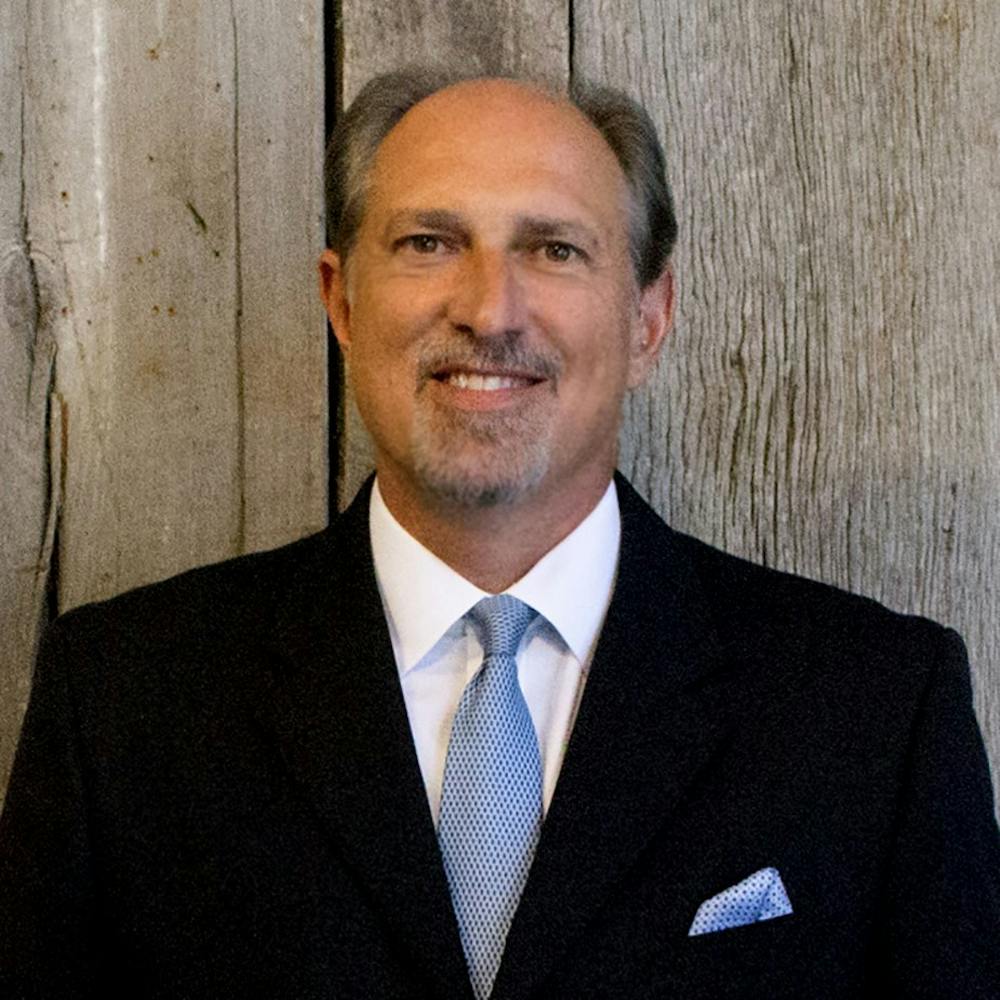
By Mike Levine
How Much Do I Need to Save to Have One Million Dollars at Retirement?
$1,000,000. All those zeros: seems like a great goal for retirement! So how do I get there? Albert Einstein said, “The most powerful force in the universe is compound interest”. He also called it the “8th Wonder of the World.” He who understands it, earns it. Compound interest is the interest you've earned - earning interest… which will also earn interest, etc.
An amazing tool you can use to determine the growth of your nest egg is the rule of 72. According to the rule, divide an interest rate into the number 72 and you'll get the number of years you could reasonably expect your money to double. For example, if you invest $25,000 at 8% one could reasonably expect their money to double every 9 years. Thus in 36 years you’d have $400,000. ($25k to $50k, $50k to $100k, $100k to $200k and then $200k to $400k)
So back to the question, “How much do I need to save to have $1,000,000 at retirement?” If you’re starting at zero, here's how much you would need to invest monthly to reach one million dollars at age 67. (Normal retirement age for anyone born 1960 or after)
Assumed Interest Rate
Age 4% 6% 8% 10%
25 $767 $441 $243 $129
35 $1,288 $864 $564 $359
45 $2,369 $1,831 $1,396 $1,050
55 $5,422 $4,760 $4,158 $3,618
What really should jump off this page is a difference in monthly savings needed based on the rate of interest earned. Age 35 earning 6% needs to invest $864 per month as opposed to $359 at 10% per year. Obviously the higher the interest requires investing in more equities and carries additional risk.
However, let's say you've already accumulated $50,000 in investments. Here's how much more you would need to save from this point forward on a monthly basis.
Assumed Interest Rate
Age 4% 6% 8% 10%
25 $562 $169 $0 $0
35 $1,057 $571 $203 $0
45 $2,084 $1,490 $993 $580
55 $4,985 $4,271 $3,618 $3,020
There are different vehicles you can use to reach your goal. Many people find it easier to save through payroll deduction. “If I don't see it, I won't spend it,” is something we hear often. Tax deductible and tax deferred vehicles include IRAs, 401ks, 403bs, etc. You should definitely take advantage of any match opportunities you have at work. These assets grow tax deferred and the income in retirement will be taxable, potentially at a lower rate.
The Jewish Observer is published by The Jewish Federation of Greater Nashville and made possible by funds raised in the Jewish Federation Annual Campaign. Become a supporter today.
Another popular vehicle are Roth IRA's or Roth 401ks. Your original investment is made with after-tax dollars however the growth is tax-free and withdrawals are tax-free in most circumstances. See your tax advisor for details.
You can also set up a regular investment account. Be aware that you will have to pay taxes on interest, dividends and potential capital gains.
Great, you have a plan! $1 million is a lot of money! Now ask yourself will that be enough once you take inflation into account? But that's a subject for another time.
Happy savings!
The Jewish Federation Professional Advisory Council is offering four financial and estate planning seminars this year, beginning in October. For more information, xontact Shannon Small at shannon@jewishnashville.org.
* Examples provided are hypothetical and individual results will vary
** The charts presented are hypothetical examples
Securities offered through Kestra Investment Services, LLC (Kestra IS), a member FINRA/SIPC. Investment advisory services offered through Kestra Advisory Services, LLC (Kestra AS), an affiliate of Kestra IS. Levine Group, LLC is not affiliated with Kestra IS or Kestra AS.

